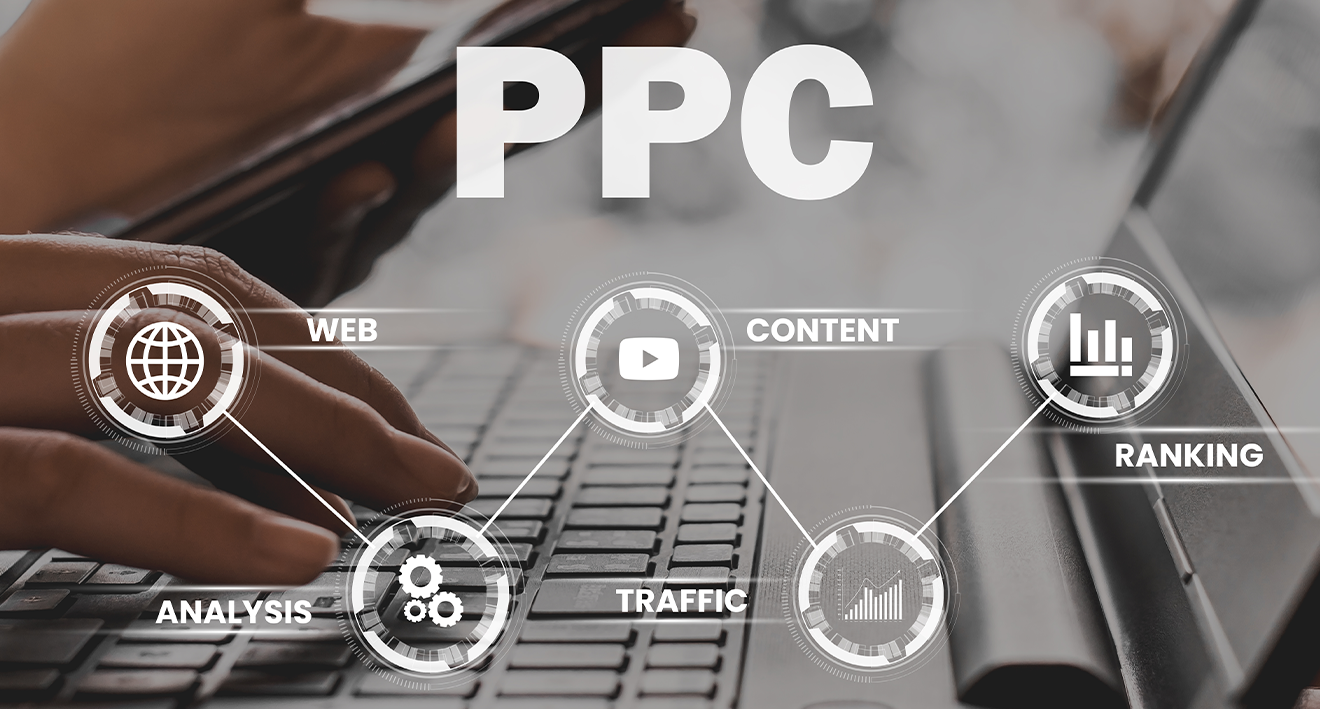Paid search, or pay-per-click (PPC) advertising, can be a highly effective way to drive targeted traffic to your website and generate leads or sales. However, creating a successful PPC campaign requires careful planning and ongoing management. Here are some tips to help you get started:
Define your goals
Before you start creating your PPC campaign, it’s important to know what you want to achieve. Do you want to increase brand awareness, drive traffic to your website, generate leads, or make sales? Once you know your goals, you can create a strategy that aligns with them.
Research keywords
Keywords are the words and phrases that people use when searching for products or services online. To create a successful PPC campaign, you need to identify the keywords that are most relevant to your business and that have the highest search volume. There are several tools you can use to help with keyword research, such as the Google AdWords Keyword Planner.
Create targeted ad groups
Once you have a list of keywords, you can create ad groups based on theme. For example, if you sell furniture, you might create one ad group for living room furniture, another for bedroom furniture, and another for outdoor furniture. By creating targeted ad groups, you can create more relevant ads and landings pages for each group of keywords.
Write compelling ad copy
Your ad copy is what will attract people to click on your ads. To write compelling ad copy, you should focus on the benefits of your product or service and use action words to encourage people to click. You should also use your keywords in your ad copy to help your ads show up in relevant searches.
Use negative keywords
Negative keywords are words or phrases that you don’t want your ads to show up for. For example, if you sell high-end furniture, you might use “cheap” as a negative keyword to prevent your ad from showing up for searches like “cheap furniture.” By using negative keywords, you can help ensure that your ads are only shown to people who are interested in your product or service.
Create a strong landing page
A landing page is the page on your website that people will land on after clicking on your ad. To create a successful PPC campaign, you need to create a strong landing page that is relevant to the ad and the keywords that people used to find it. Your landing page should clearly explain the benefits of your product or service and include a clear call to action, such as a form to fill out or a button to click to make a purchase.
Use ad extensions
Ad extensions are additional information that you can add to your ads, such as your location, phone number, or a link to a specific page on your website. Ad extensions can help your ads stand out and provide more information to potential customers, which can increase your click-through rate.
Track and optimize your campaign
Once your PPC campaign is up and running, it’s important to track its performance and make adjustments as needed. You can use tools like Google Analytics to track the number of clicks and conversions your ads are getting and use this information to optimize your campaign. For example, if one ad is getting a lot of clicks but not many conversions, you might want to rewrite the ad copy or create a new landing page.
Creating a successful PPC campaign requires careful planning and ongoing management. By following these tips and using the right tools, you can create a campaign that drives targeted traffic to your website and helps you achieve your business goals.



